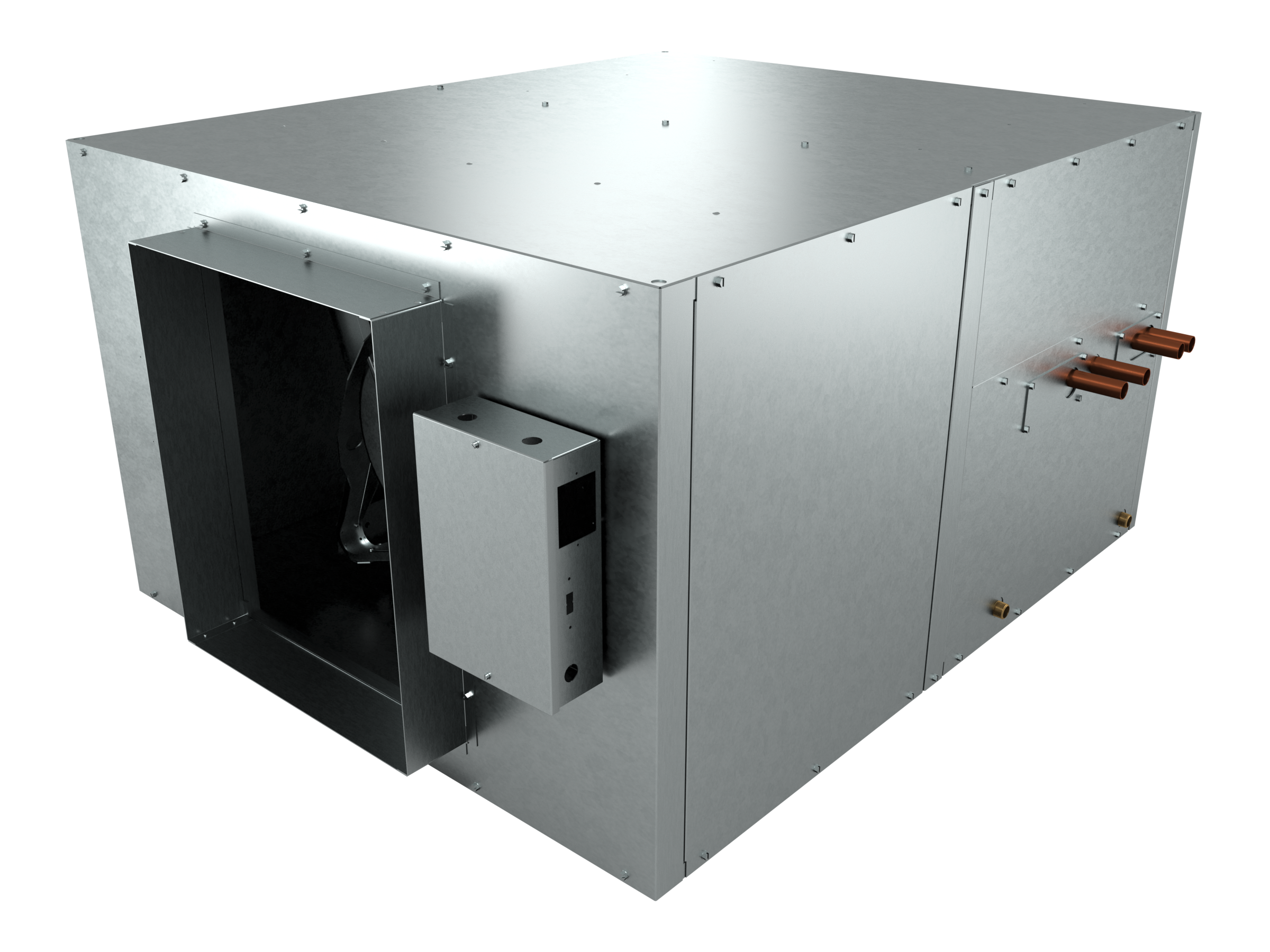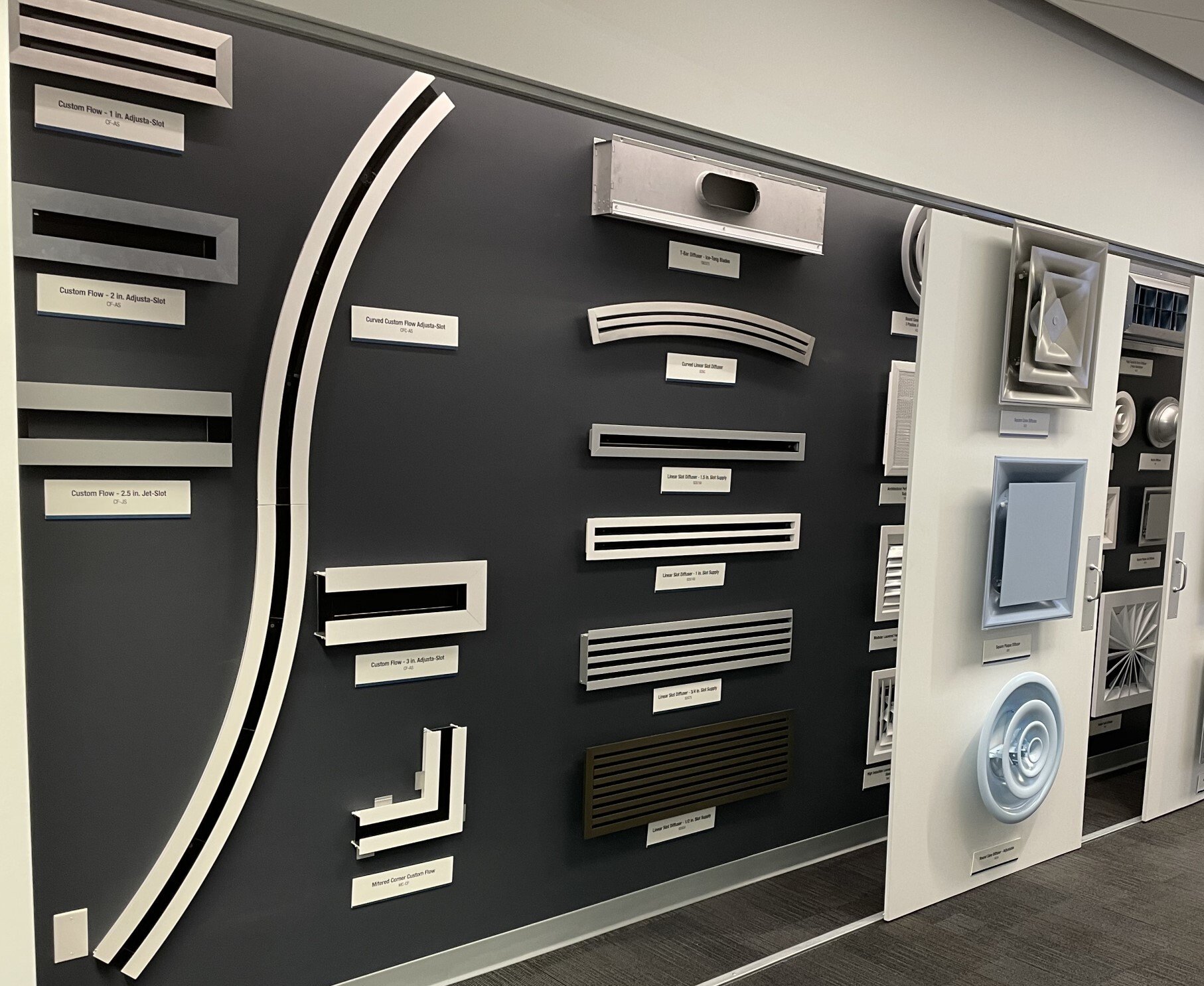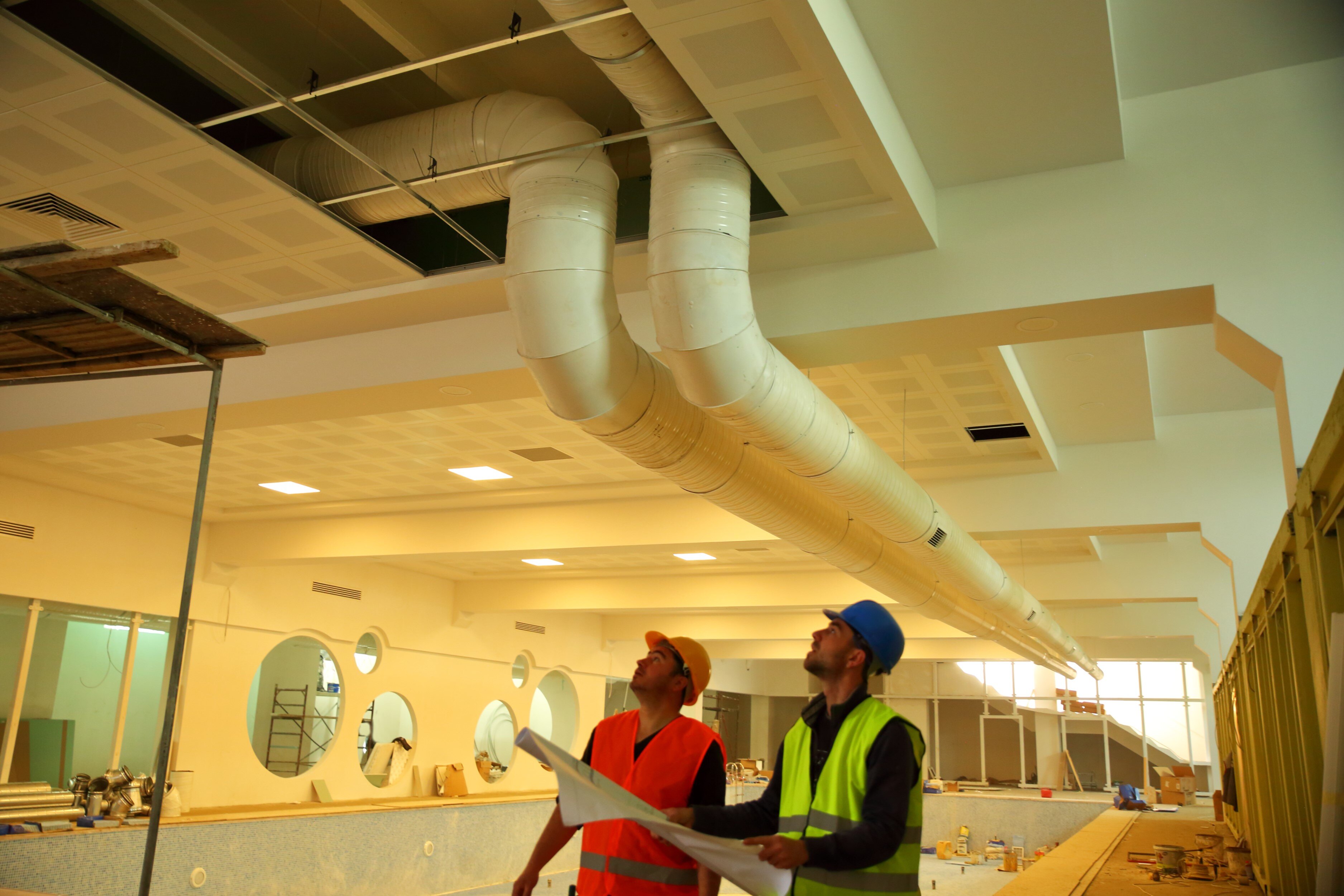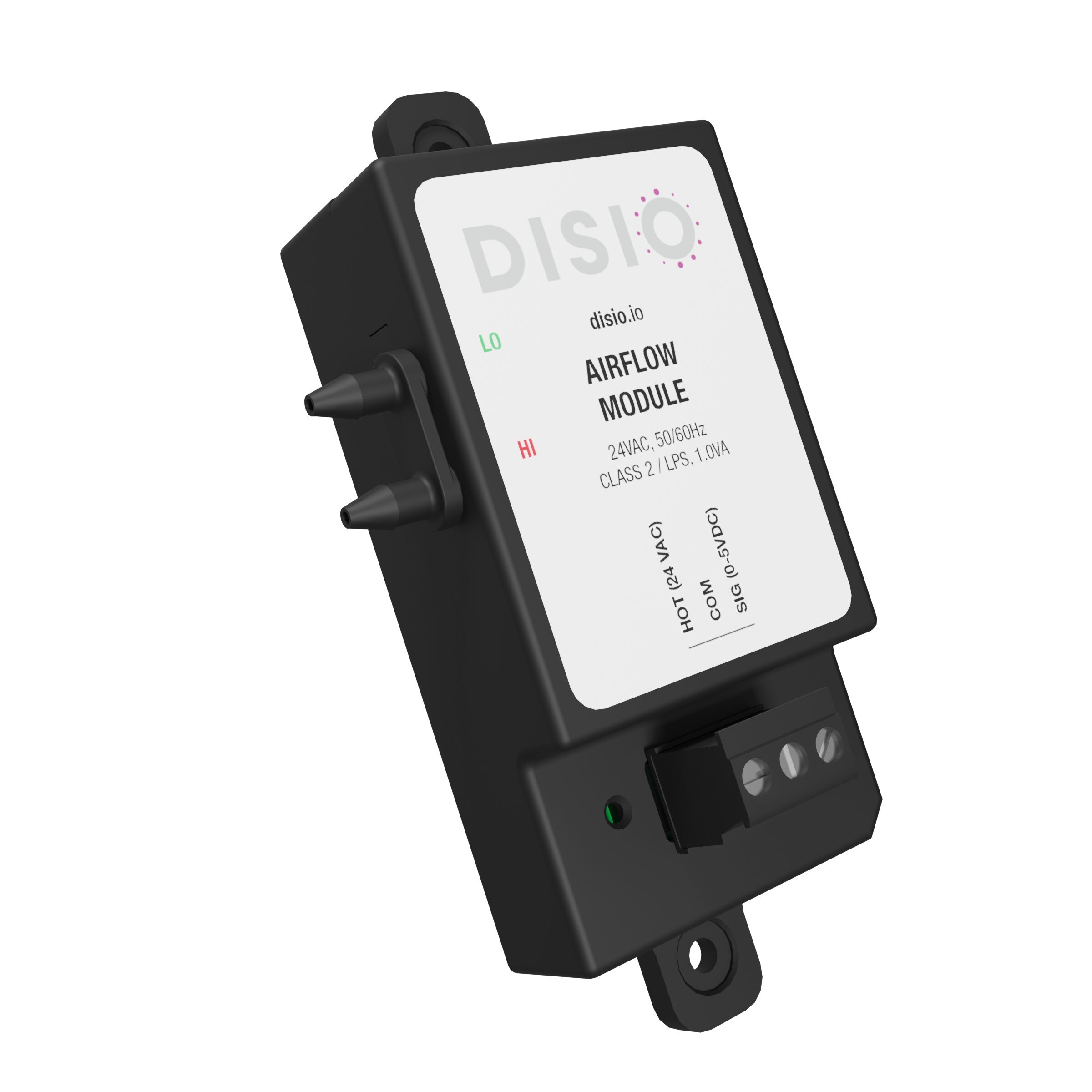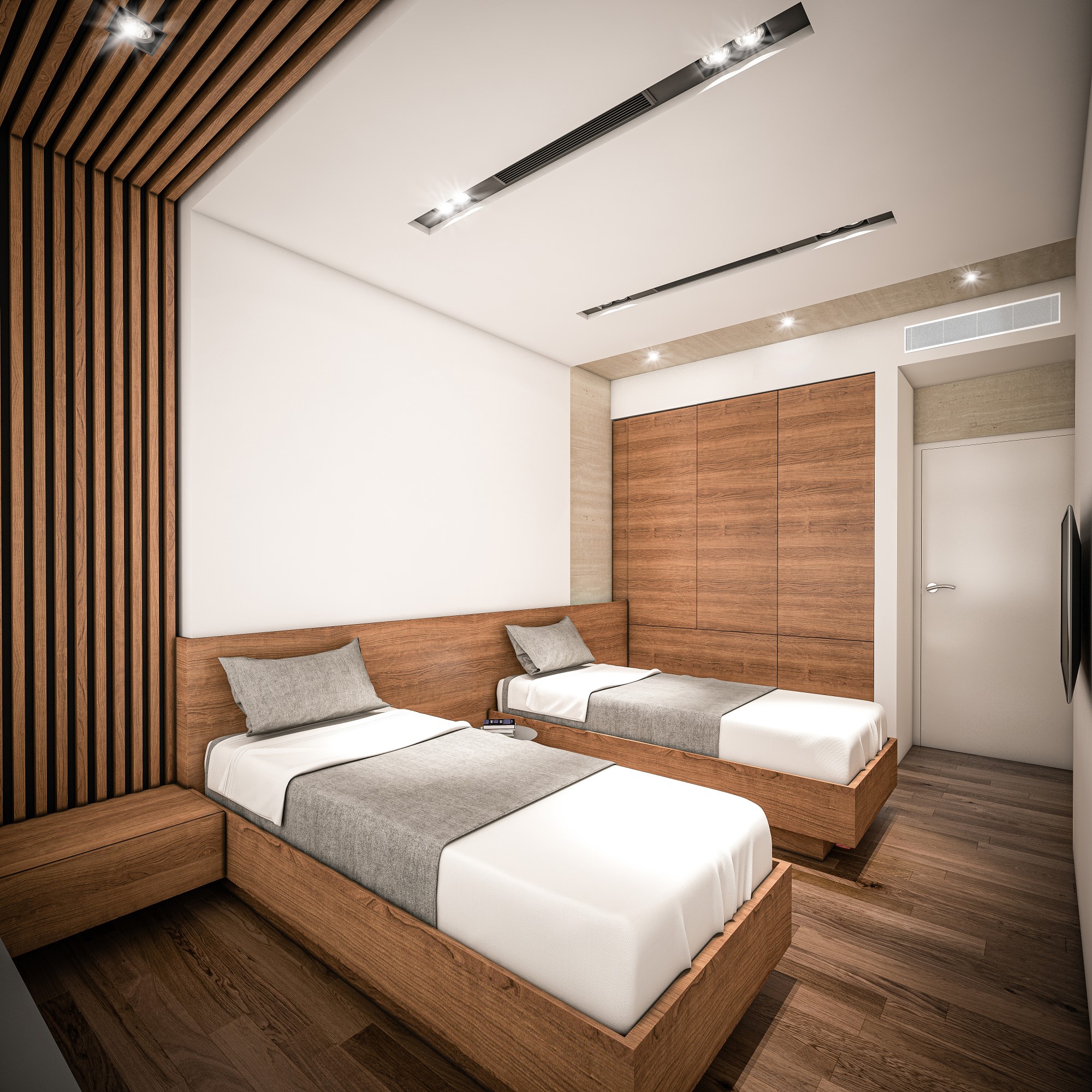Bridging the Gap Between Fan Coils and Indoor Air Handlers
A blower coil unit is a versatile piece of equipment that can be integrated into many types of hydronic distribution systems. With its compact design and wide range of performance capabilities, it has become popular in many different markets.
Read More
Topics:
Static Pressure,
Fan Coils,
HVAC Fundamentals,
HVAC,
Engineering,
Design Engineering
Cool Tips and Hot Takes for Air Distribution Design
At Price, we pride ourselves on our contributions to The Science of Comfort™ (we have the phrase trademarked, after all). If you’re a regular reader of the blog, you’ll understand the rigorous testing and research behind all the air distribution solutions we manufacture. Our team at Price Research Center North (PRCN) in Winnipeg, MB, is accustomed to maintaining the highest test standards and methodologies behind the data published in our catalog.
Read More
Topics:
GRD,
Diffusers,
ASHRAE 70,
Inlet Effect,
Grilles,
Static Pressure,
Pressure Drop,
Inlet Conditions,
Mock-Up,
HVAC,
Engineering,
Design Engineering,
Tech Tip
8 Reasons for Pressure Fluctuations – and What to Do About Them
Pressure fluctuations in a comfort-cooling variable air volume (VAV) HVAC system arise from various design, operational and external factors. These issues must be addressed to ensure consistent airflow, energy efficiency and occupant comfort.
Read More
Topics:
Static Pressure,
Pressure Drop,
System Efficiency,
Thermal Comfort,
HVAC Fundamentals,
HVAC,
Engineering,
Design Engineering
A Look at How This Important Device Works in the HVAC Industry
In the world of HVAC, an airflow transducer is a device that converts an airflow signal into an electronic signal for a VAV controller to regulate a damper and provide airflow to a space.
Read More
Topics:
Static Pressure,
Terminals,
Controls,
Thermal Comfort,
HVAC Fundamentals,
HVAC,
Engineering,
Design Engineering,
Tech Tip
An Energy-Efficient Way to Enhance Individual Zone Control and Thermal Comfort
The HVAC industry’s evolving demand for energy-efficient systems has created opportunities for the development of new solutions and the innovation of existing designs. This includes the Horizontal Low-Profile Fan Coil (FCH): the modern-day fan coil for enhancing individual zone control and thermal comfort.
Read More
Topics:
Static Pressure,
Fan Coils,
HVAC Fundamentals,
HVAC,
Engineering,
Design Engineering,
Filtration


